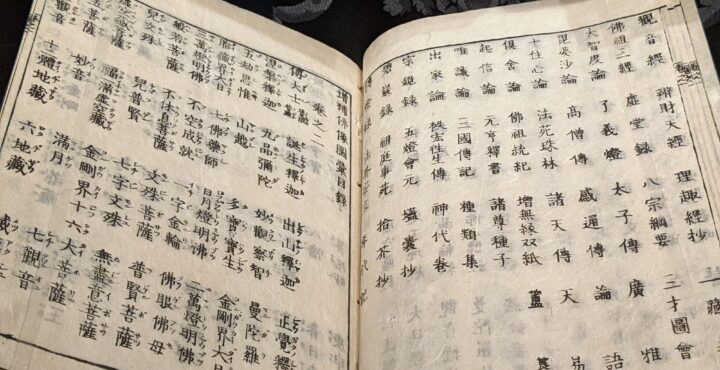- Japanese-Culture
- Hobbies and pastimes
Hobbies and pastimes

Examples of traditional Japanese hobbies and pastimes are cultivating bonsai trees and flower arranging otherwise known as ikebana.
Cultivating bonsai trees takes requires considerable patience. The trick is not to let them grow taller than 30 to 40 centimeters. The roots are therefore trimmed back, wound around the stump and the tree is repeatedly pruned. By bending the tree stump with the use of wire or material, the desired twisted form is achieved.
Ikebana is the art of flower arranging. The composition is the most important part of the arrangement. The basis of the arrangement is formed by the flowers, the vase and the leaves, stems, and twigs. Every flower has its own meaning in Ikebana. By using specific flowers, an arrangement can take on its own unique significance. Ikebana is more than just a beautiful composition, it’s the story behind the floral arrangement.
An ikebana arrangement is on display in the hall of the museum. Ikebana workshops are also held in Japan Museum SieboldHuis. For more information see the activities programme of the museum.












